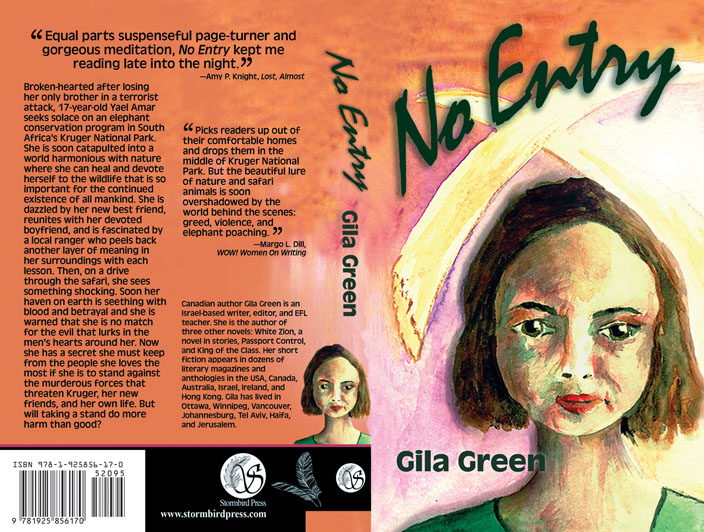After writing three Jewish historical fiction novels (White Zion, Passport Control, and my as yet unpublished novel A Prayer Apart) here’s my best advice for Jewish historical fiction writers:
- Sometimes research provides more than one answer and you’ll have to use your best judgement: Someone may call you out on it but don’t let that stop you. For example, when researching the different kinds of herbs people ate in Jerusalem in the 1930s and 40s, I came across both the Hebrew and Arabic names and a variety of spellings. The most difficult ones included kubezeh (mallow in English and in other places I found it named as malva). It was hard at times for me to say which was the most authentic term for my hero in White Zion as he is both an Arabic and Hebrew speaker. True, his own mother tongue is Hebrew but his mother’s first language is Arabic. I went back and forth until I had to make my best call. I wasn’t sure if I should use the word I thought my character would use or the term my reader would most recognise. There’s no right or wrong answer here. Ditto for classic versus modern spellings (kubezah with a ‘k’ (modern) or a ‘q’ (classic)).
- Be open to surprises that will add delightful details to your story: Consider this quote from a random site I found while researching mallow/malva:
“In Jewish culture, mallow has been considered the ‘most important plant in local gather society’. Every spring mallow is gathered in the countryside. Its common name in both Hebrew and Arabic, translates to ‘bread’.
Read the article by Gila Green in Jewish Women of Words.

